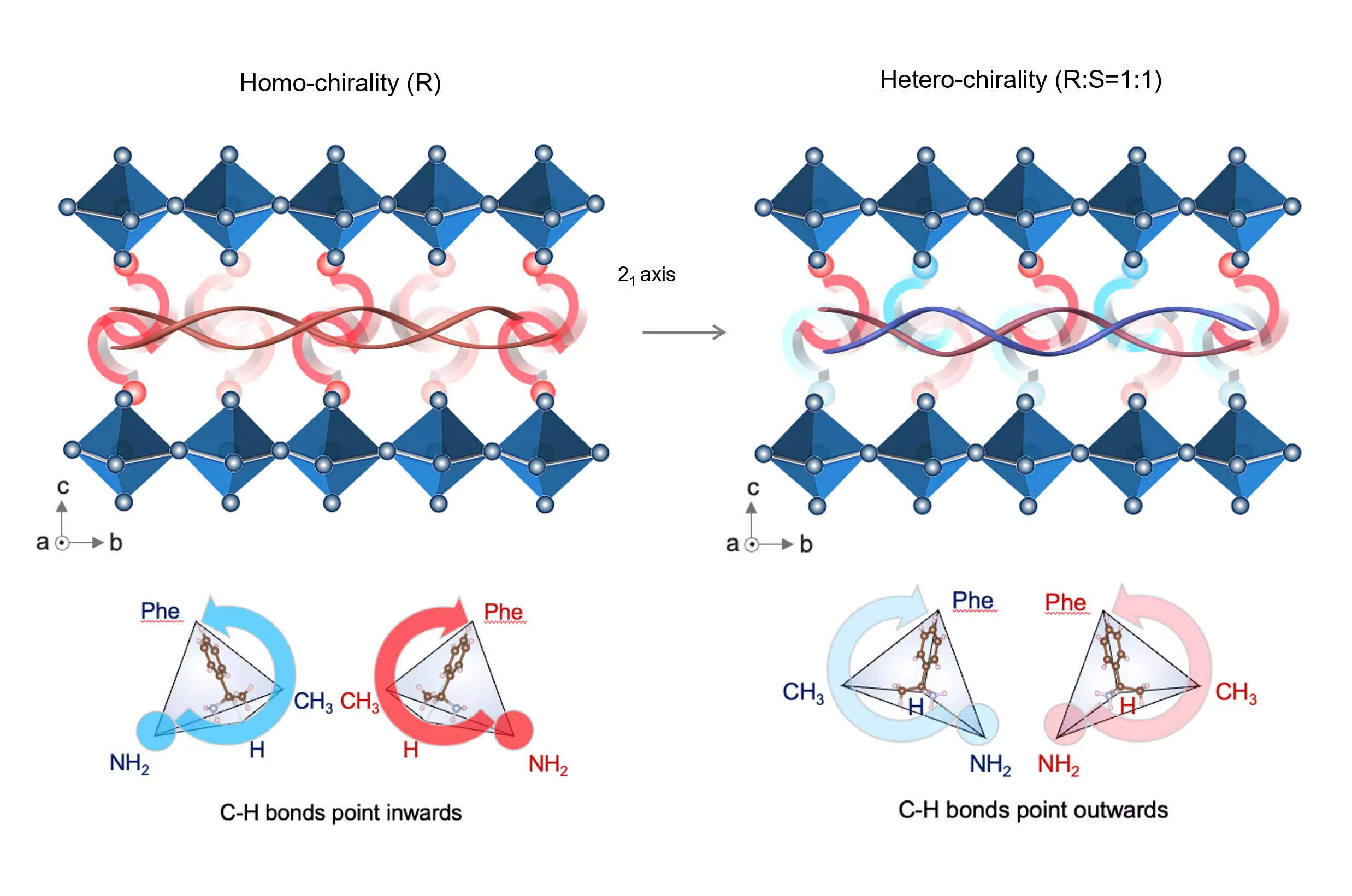A groundbreaking advancement in the field of solar energy has emerged from the Hong Kong University of Science and Technology (HKUST). A research team led by the university’s School of Engineering has introduced an innovative chiral-structured interface in perovskite solar cells (PSCs), unlocking new potential for both efficiency and stability in solar energy conversion. Their study, titled “Chiral-Structured Heterointerfaces Enable Durable Perovskite Solar Cells,” was recently featured in the prestigious journal Science, signaling a significant move toward the commercialization of this promising technology.
The crux of the matter lies in the inherent capabilities of perovskite materials, which are not only affordable but also easier to produce compared to traditional silicon-based solar cells. Perovskites can be fabricated using low-cost, low-energy methods, shattering the barriers imposed by high-temperature and vacuum-dependent processes typical for silicon solar cells. Essentially, the new approach could change how we think about solar technology, making it more accessible and economically viable for widespread use.
Tackling the Stability Challenge
Despite their rapid ascent in performance capabilities, perovskite solar cells have been hindered by serious stability issues in real-world applications. The challenge of inadequate adhesion between the various layers of the solar cells leads to poor interfacial reliability, posing a significant barrier to their commercialization. This is where the ingenuity of Professor Zhou Yuanyuan and his team comes into play. By drawing inspiration from the durability of natural chiral materials, they have addressed the long-standing challenges associated with PSCs’ stability.
In their innovative approach, the researchers developed chiral-structured interlayers made from R-/S-methylbenzyl-ammonium to be inserted between the perovskite absorber and the electron transport layer. This creative solution forms a robust, elastic heterointerface that significantly enhances the mechanical properties of the solar cells. The results speak for themselves: encapsulated solar cells maintained an impressive 92% of their power conversion efficiency even after enduring 200 cycles of extreme temperature variations between -40°C and 85°C over 1,200 hours. Such results not only demonstrate enhanced durability but also highlight the feasibility of PSCs for long-term energy solutions.
The Science Behind Chiral Structures
The mechanical properties exhibited by chiral materials stem from their unique helical packing of subunits, which resonates with the functionality of a mechanical spring. Dr. Duan Tianwei, a pivotal figure in this research, elucidates this concept by stating that incorporating a chiral-structured interlayer at crucial device interfaces equips perovskite solar cells with superior mechanical durability. This durability allows the cells to efficiently function under varying operational circumstances, making them exceptionally reliable in diverse environmental conditions.
Such innovation heralds a promising future for solar energy. Given the high efficiency rates of perovskite solar cells, the prospect of successfully addressing reliability concerns could revolutionize the energy market, opening doors to billions of dollars in potential investments. Experts believe that if the challenges surrounding durability are surmounted, perovskite solar panels could lead to uninterrupted electricity generation, making solar energy a more dependable alternative.
A Collaborative Effort with Global Implications
The implications of this breakthrough are significant not only for the researchers involved but also for the international community seeking sustainable energy solutions. The collaboration among experts from HKUST, the US National Renewable Energy Laboratory, Hong Kong Baptist University, and Yale University underscores the importance of partnerships in tackling global challenges. This collaborative spirit enriches the research landscape, providing diverse perspectives and expertise that foster rapid innovation.
Ultimately, the work produced by this team signals not merely an incremental step forward in solar technology but a revolutionary shift towards a more sustainable energy landscape. The innovations here present an uncharted territory filled with promise, potentially influencing the future of energy consumption for generations to come. The dawn of truly durable and efficient perovskite solar cells is not just on the horizon—it has arrived. With further research and development, the world may soon witness a transformative era in renewable energy that can significantly contribute to our fight against climate change.

